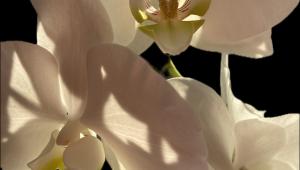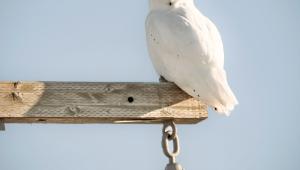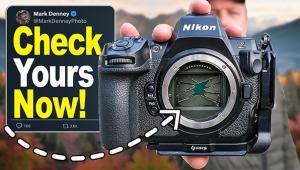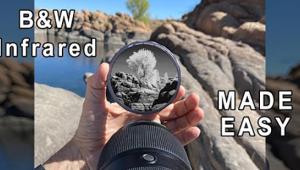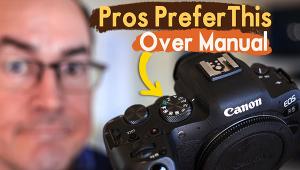Kenko Puts Exposure On The Right Track; You Still Need A Handheld Meter In The Digital Age
The digital camera in your hands provides you with loads of technology. It allows you to bracket automatically in a series of three or even five exposures, depending on model and user settings. But given the limited space on a memory card (notably when shooting raw at high pixel counts), the time spent to shoot all those frames, the limited buffer memory that you might fill up in the process, and the fact that you could--and should--instead be moving on to your next picture, do you really want to devote all those exposures to that one subject? In addition, those bracketed exposures are no guarantee of getting one usable exposure. Wouldn't it be better to take the guesswork out of exposure with just one tool? And what happens when you use studio flash, something the camera's metering system was never designed to deal with? Even using multiple shoe mounts can be tricky, unless you have the right tools.
 |
|
|
The answer is a handheld exposure meter, notably one that reads both ambient light and flash, and Kenko offers two, the KFM-2100 and KFM-1100. There's also a color meter, the KCM-3100. But we'll focus on the top-of-the-line KFM-2100, and you'll soon see why.
The KFM-2100: The Swiss Army Knife Of Meters
A good Swiss Army knife provides you with the tools to do many things, and to
do them well, without compromise, so does the KFM-2100. I worked with this meter
long enough to be assured that it's a very capable handheld meter--in
any hands. Despite its many advanced functions, this meter is easy enough to
master with regular usage--and once it's in your hands, you'll
want to use it regularly.
The beauty of the KFM-2100 is that it offers incident and true 1° spot readings.
You would use incident readings (with the meter held at the subject position
and the white dome facing the camera) with portraits, whether outdoors or in
the studio. Incident readings avoid undue influences of bright tones, deep shadows,
and bright lights in the background. In the studio, I used the meter in Incident
mode with still life as well. The meter also has an Analyze function that takes
the guesswork out of outdoor fill flash, giving you a measure of control beyond
what even TTL flash provides.
 |
|
|
Putting Exposure On The Spot
When you come across a scenic landscape or urban setting, especially a scene
with a confusing array of tonalities, then you'd use the 1° spot meter
for reflected-light readings.
Target a key highlight or shadow value (where detail is important to the picture),
press a button, and the meter automatically delivers the required exposure (you
can customize how this function works). Or you can read both highlight and shadow,
and the meter will average the two (or up to 10 readings). Depending on the
situation, I found both approaches useful.
I can't tell you about all the benefits of owning one of these handheld
exposure meters, but you can easily get that information by checking out the
THK Photo Products, Inc. website (www.thkphoto.com), and looking for "What's
New" on the opening web page. Only you can decide which exposure best
suits your subject, but you need the right tools to help you reach that decision.
If you carry the Kenko KFM-2100 in your camera bag, you can leave the guesswork
behind.
 |
|
|
Jack Neubart is a contributor to Shutterbug magazine and the author of Photographer's
Exposure Handbook (Amphoto, 2007).
- Log in or register to post comments













